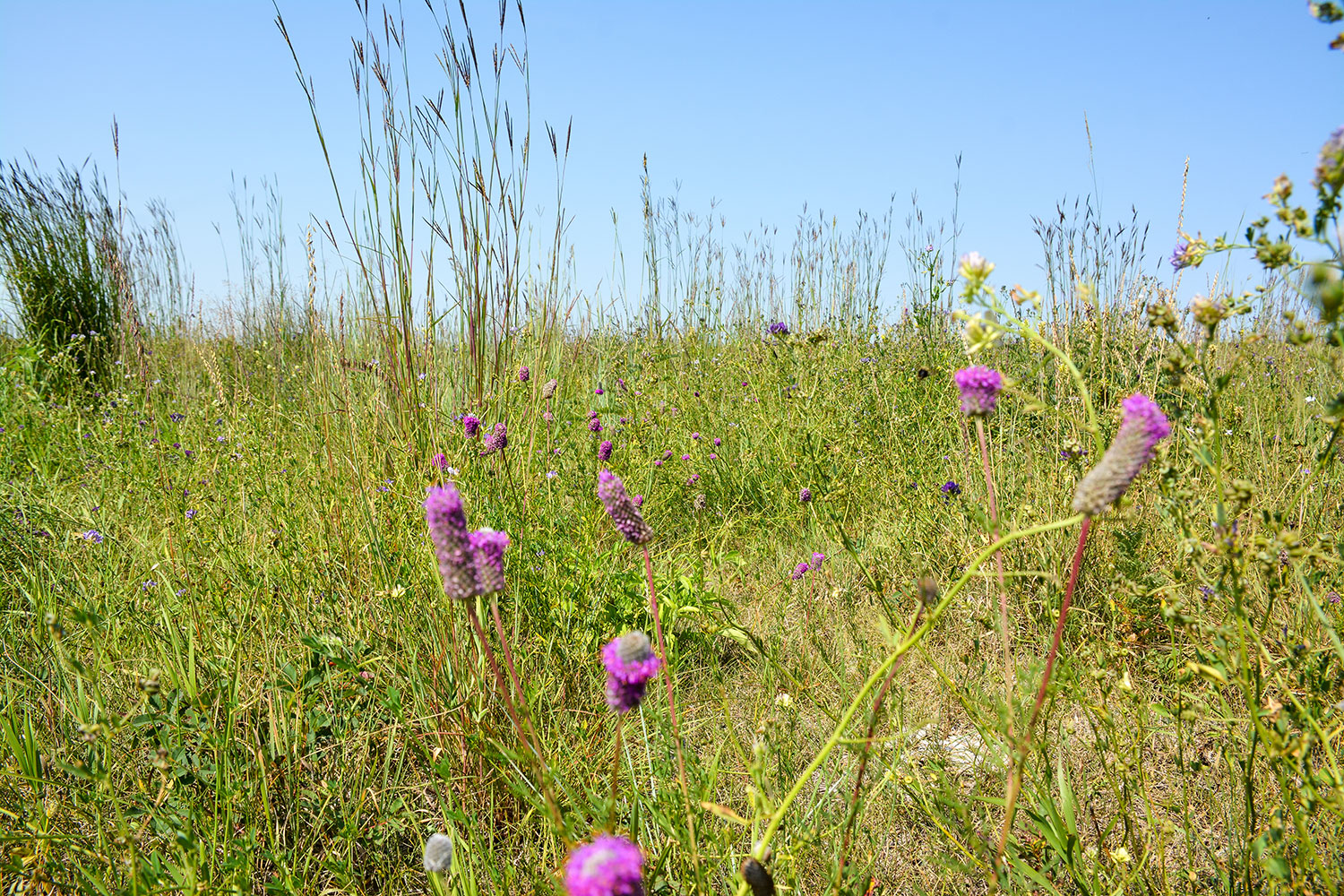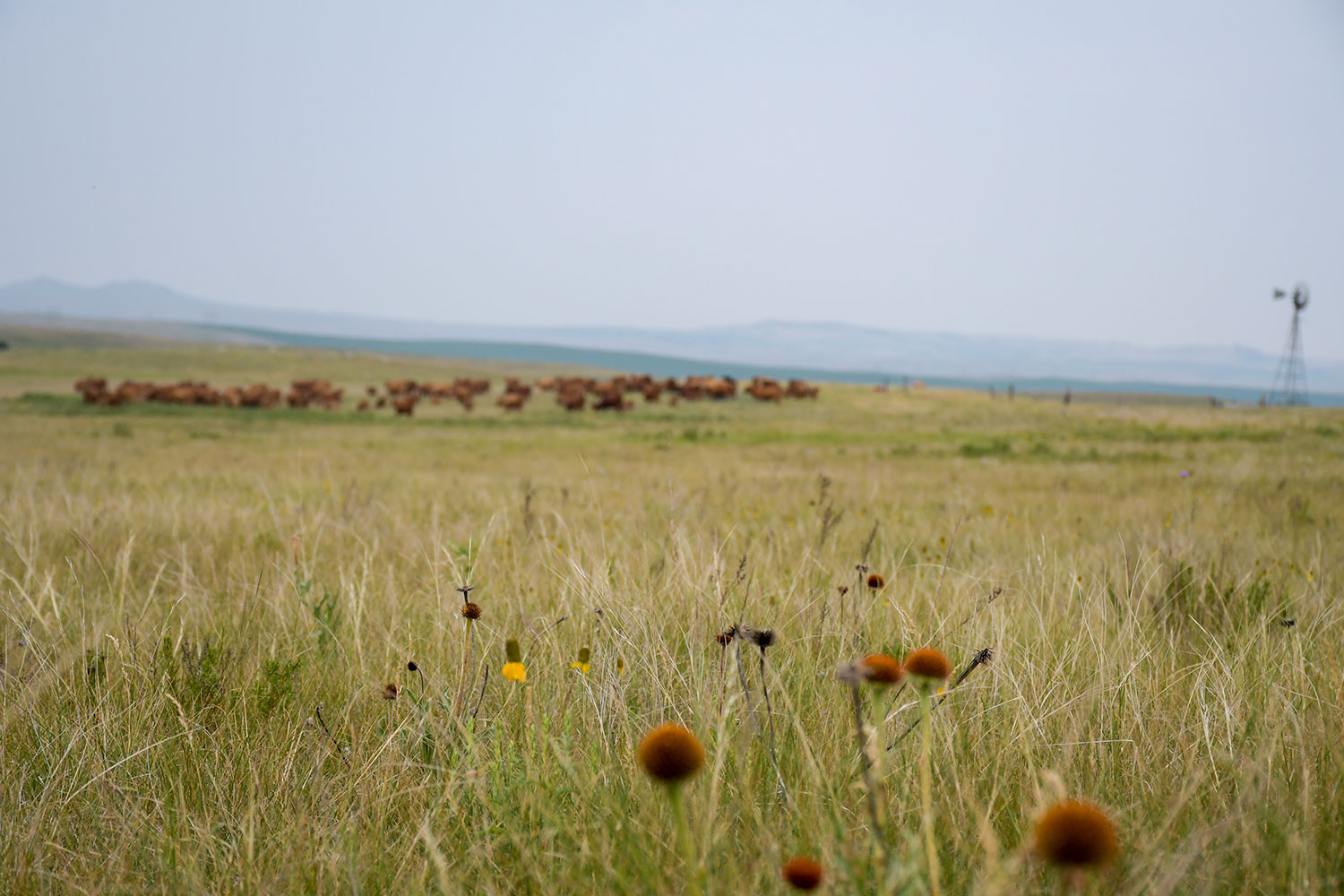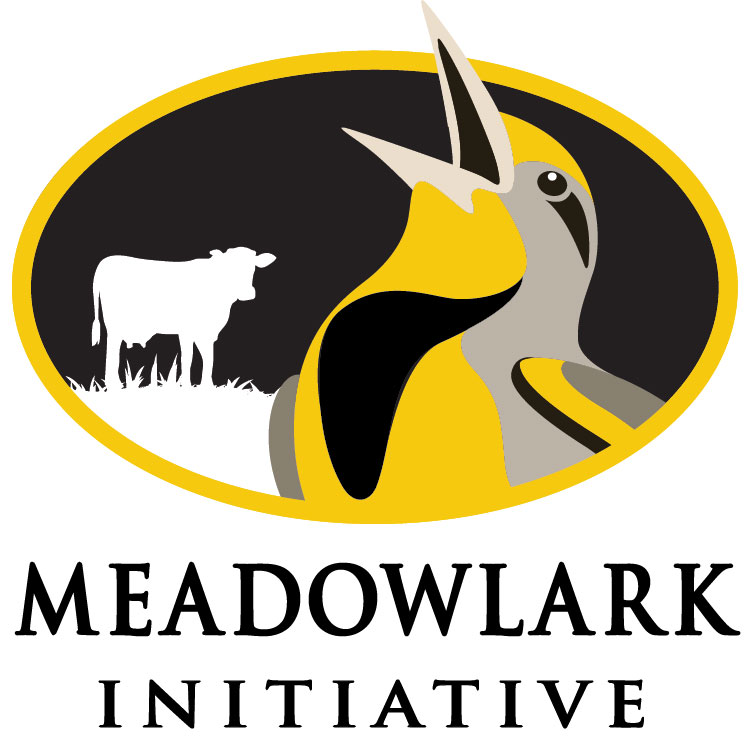The face of a North Dakota Game and Fish Department effort to tackle the ongoing disappearance of the state’s native grasslands is the Western meadowlark, a familiar, yet declining, songster that lights up the prairie with its rich, flute-like call and equally glowing yellow underparts.
Founders of the Meadowlark Initiative, a new statewide strategy that will team landowners, conservation groups, scientists and others to enhance, restore and sustain native grasslands in North Dakota, could have easily gone another route, picked another critter, considering the number of declining grassland-dependent animals they had to choose from.
The list is long, 48 species long, according to the Department’s Species of Conservation Priority. This number, which includes everything from songbirds, small mammals, to pollinating insects, isn’t surprising when you consider North Dakota has lost more than 70% of its native prairie over time.
“As the name suggests, the Meadowlark Initiative is a landscape level initiative with obvious benefits for our state bird, our well-known prairie crooner,” said Greg Link, Game and Fish Department conservation and communications division chief. “That being said, it’s about all grassland critters. It's about our prairie habitats.”
It’s about more than that, when you consider what’s at stake in the long-haul task of enhancing, restoring and retaining what’s left of North Dakota’s native grasslands. It's about people, communities, lifestyles, future generations, heritage and quality of life. It's about water, soil, energy and food. It's about partnerships. It's about collaboration.
“It really encompasses all that. And that's why it's important,” Link said. “And that's why it's going to take a village to get it done. It's not just the Game and Fish, but we have a key role in it.”
The resolve for taking better care of North Dakota’s native grassland ecosystem in a more intentional way really started resonating when the Game and Fish Department gathered and listened to input from partners and stakeholders as Department personnel began a revision of the State Wildlife Action Plan for managing the state’s Species of Conservation Priority in 2015. A follow-up grassland policy tour in 2018 and a national grassland conference in 2019, both held in Bismarck and attended by conservation groups, state/federal agencies, ranchers, energy regulators, and the state’s congressional staff, focused on and reaffirmed the values and opportunities associated with North Dakota’s remaining native prairie, as well as the concern and challenges with its on-going decline.
A year ago, the Game and Fish Department and 13 contributing partners submitted a USDA Regional Conservation Partnership Program grant proposal, seeking to leverage over $12 million in partner contributions with $10 million of USDA-NRCS funding to kick-start collaborative work toward goals and objectives, encompassed in the Meadowlark Initiative. In spring, it was selected as one of 85 successful projects nationwide.
Together, the collective effort focuses on improving, increasing and connecting wildlife habitat, and supporting the sustainability of new and existing livestock ranches by offering incentives and programs to promote regenerative grazing with grass-based livestock operations.
“When we start talking about native prairie, we have to ask ourselves who are the users and managers of our native prairie in North Dakota? Why do they use it? How do they use it? We need those folks,” Link said. “And, so, right away, in most cases, we’re talking about ranchers and producers who run livestock on that prairie. They're important to keeping that prairie healthy.”
Link said through the Meadowlark Initiative, producers can plant marginal cropland back to diverse native perennial grasslands for grazing. Cost-share to establish the grass and to install grazing infrastructure, such as fencing and water, is available. During the first three years of grass establishment, producers also are eligible to receive rental payments as the land transitions from cropland to grazing land.
“This is about keeping working lands working, getting it done on the private playing field, and we know in that arena, we have to come together, we've got to collaborate,” he said. “As the state’s wildlife agency, along with conservation groups, we may be concerned about the wildlife and habitat end of it, trying to develop new habitat alongside existing habitat, native prairie habitat, but we also need to understand and address the concerns, needs and goals of ranchers. What are their stressors and challenges? What do they need to maintain viable, prosperous operations and industry?
“When that industry starts getting fragmented, or can no longer compete, just like our native prairie, when there's fewer of them out there, pretty soon their infrastructure, their livestock sales barns, veterinarians, available forage and such, start disappearing, and it gets harder and harder for them to do their business,” Link added.
As citizens, no matter where you live in North Dakota, your interests, your goals, your walk of life, our native prairie, or what remains of it, should be of concern.
“I don't think I have to tell you, tell hunters, but our white-tailed deer, pronghorn, our sharp-tailed grouse rely heavily on that native prairie, too, as do the grassland bird species in greatest decline. These are species that we care about in North Dakota,” Link said. “But the native prairie ecosystem provides other key services, such as reduced flooding, improve water filtration, water quality, better soil health, soil chemistry … all those things. If those benefits and services disappear, we must somehow pay and somehow replace them through other means. And that ends up costing us, costing society.”
While recovering North Dakota’s native prairies will help sustain existing working grasslands and ranches for future generations, the Meadowlark Initiative will aid our state’s most rare and declining species.
“We need to take care of those species because it’s those rare and declining species whose red warning lights are blinking,” Link said. “And if at some point those species get petitioned, they get listed as a threatened or endangered species, that also comes at a cost.”
Wildlife managers understand that listing a species as federally threatened or endangered may restrict or intensify certain actions on private and public lands. The cost of protection or restoration of a listed species is often far greater than preventing or stemming the decline in the first place.
“It's like when somebody goes into the emergency room. It's expensive. It's hard work. And it's not always successful,” Link said. “Once these species are listed, it gets harder on the landscape because it starts affecting how people do what they do, and oftentimes it can get contentious. And we'd rather do it the proactive way than the reactive way and take care of a species before they get listed.”
Key Elements
The vision of the Meadowlark Initiative is to promote and create healthy, thriving grasslands that provide biodiversity and prosperity for wildlife, pollinators, ranching operations and communities by addressing these elements:
- Revitalize, reconnect and sustain existing working grasslands and ranches.
- Reinvent and implement a statewide grassland reconstruction program.
- Offset impacts to grassland habitat function and value as development advances.
- Promote sustainable and resilient grasslands for vibrant communities and human well-being.
- Advance grassland ecosystem recovery through science and education.




